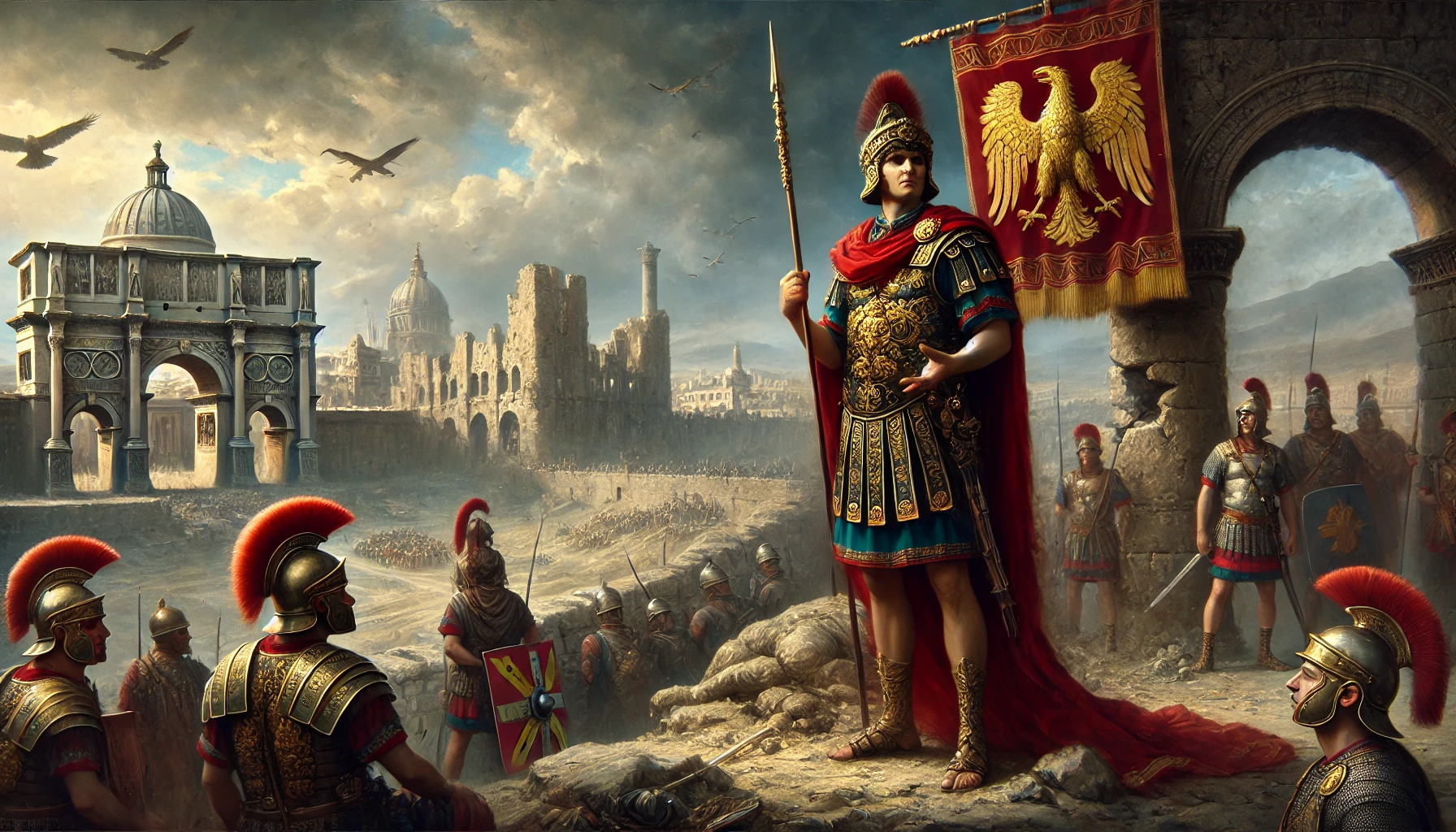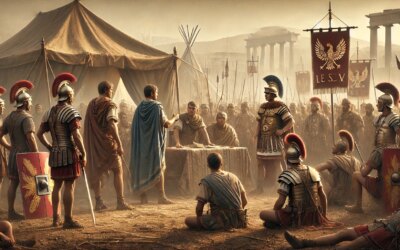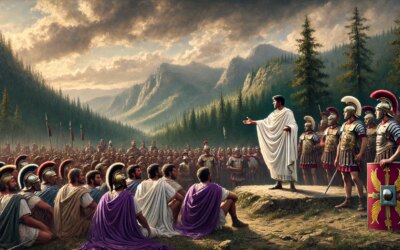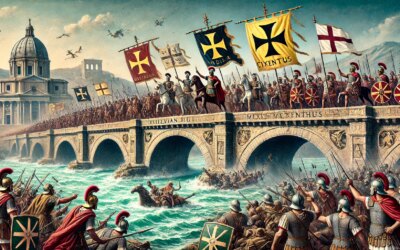Introduction: The Empire on the Brink
In 260 AD, the Roman Empire teetered on the edge of collapse. Beset by internal rebellions, foreign invasions, economic instability, and a fragmented chain of command, it was an age of unprecedented crisis. At the center of this maelstrom stood Emperor Gallienus, a ruler often overshadowed by the drama of his era but one whose efforts were crucial in preserving the empire’s core during its darkest decade.
The Crisis of the Third Century
The so-called Crisis of the Third Century (235–284 AD) was a near-fatal period for Rome, characterized by the rapid turnover of emperors, constant usurpations, and external threats from the Sassanid Persians, Germanic tribes, and internal revolts. In 260 AD alone, the empire was simultaneously facing invasions in Gaul, Syria, and the Balkans, along with a catastrophic blow: the capture of Emperor Valerian—Gallienus’ father—by the Persians.
Gallienus Ascends Alone
Valerian and Gallienus had ruled as co-emperors since 253 AD, dividing responsibilities to stabilize the massive empire. But Valerian’s defeat and capture at Edessa in 260 AD left Gallienus as the sole ruler, suddenly burdened with the task of salvaging an unraveling state. He faced rebellion from Postumus in Gaul, the secession of Palmyra, and the growing strength of barbarian confederations along the Rhine and Danube.
Military Reform and Tactical Brilliance
One of Gallienus’ most important legacies was his transformation of the Roman military. Recognizing the need for rapid response forces, he developed the first truly mobile cavalry units—the comitatenses—stationed near the imperial court rather than the frontiers. These mobile armies became a staple of Roman military structure for centuries to come. He also relied on capable generals like Aurelian and Claudius II to handle key operations against Gothic and Germanic incursions.
Facing Rebellion and Secession
Gallienus had to contend not only with foreign threats but with rivals within. Postumus established a breakaway Gallic Empire, encompassing Gaul, Hispania, and Britannia. Though Gallienus attempted to suppress this usurpation, he lacked the resources to wage a full campaign while defending the East and Balkans. Instead, he focused on holding Italy, the Balkans, and key eastern provinces intact—a calculated choice that preserved the empire’s heartlands.
Religious Policy and Intellectual Patronage
Unlike many of his predecessors and successors, Gallienus tolerated the Christian community, ending persecutions and allowing churches to reclaim property. He was also a patron of Neoplatonic philosophers and thinkers, including Plotinus. These policies reflected a relatively enlightened and pragmatic approach during a time when religious and cultural tensions threatened further fragmentation.
The Emperor’s Fall and Posthumous Reputation
In 268 AD, Gallienus was assassinated during a siege of Milan while attempting to suppress another revolt. Despite his military and administrative efforts, his legacy was marred by the circumstances of his death and the perception of failure during the crisis. Later historians—particularly in the Christian tradition—softened their view, recognizing Gallienus as a stabilizer in a sea of chaos.
Conclusion: The Quiet Strength of Gallienus
Though not remembered with the reverence of Augustus or the notoriety of Nero, Gallienus held the center of a collapsing world. His reforms laid the groundwork for the empire’s eventual recovery under Diocletian and Aurelian. In 260 AD, as the empire fractured and its enemies closed in, it was Gallienus who stood—resolute and adaptive—against the storm, holding Rome together long enough for its rebirth to begin.






